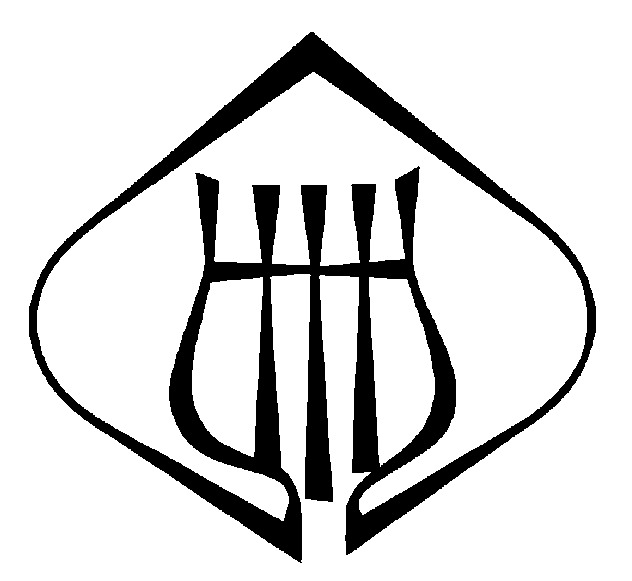Hymns
Last week we looked a bit at the church year and the context of service planning. As I was working on the sermon for the Ninth Sunday after Trinity, I kept humming the tune for the hymn of the day. Yes, it was an ear worm. This got me to thinking as I struggled with…

